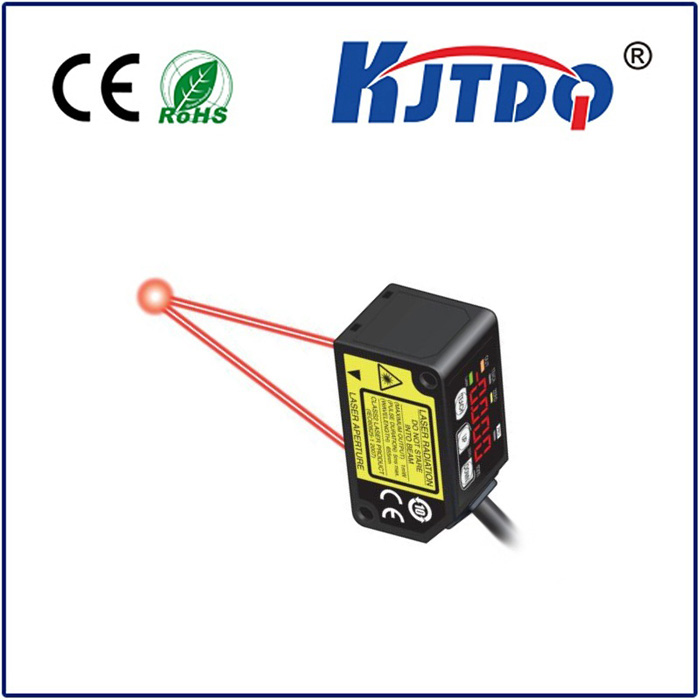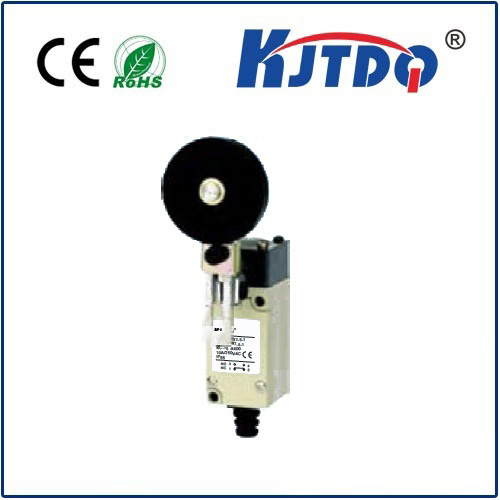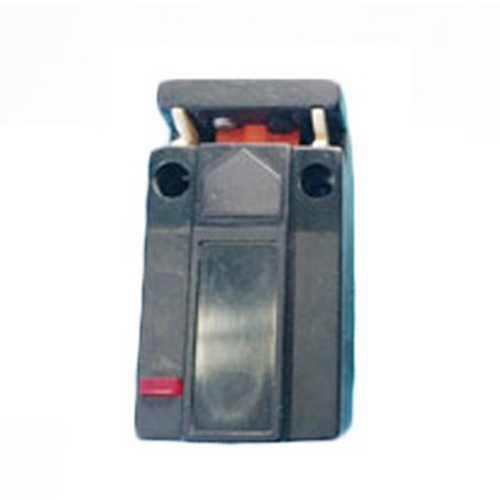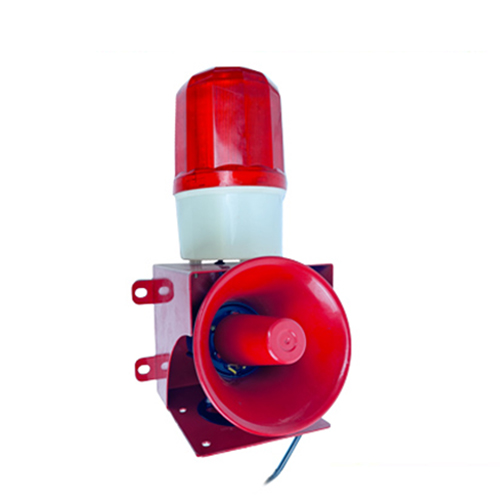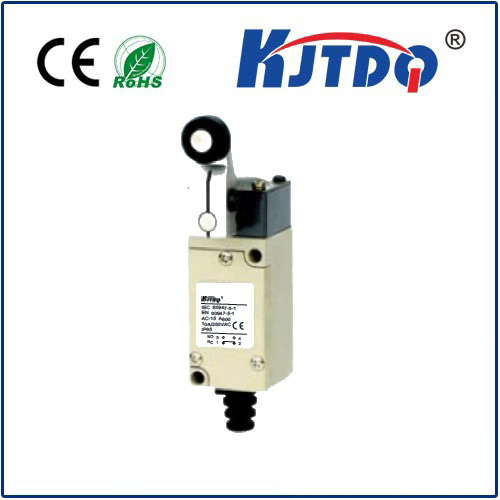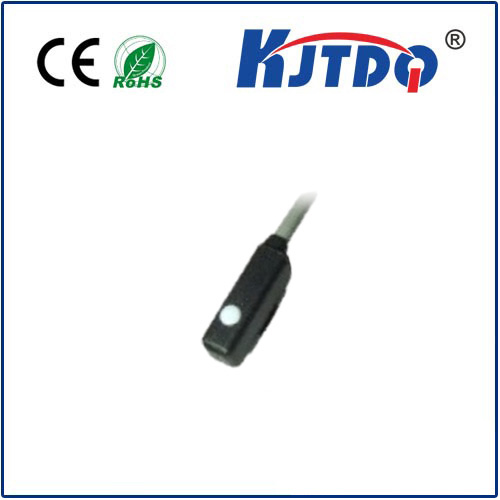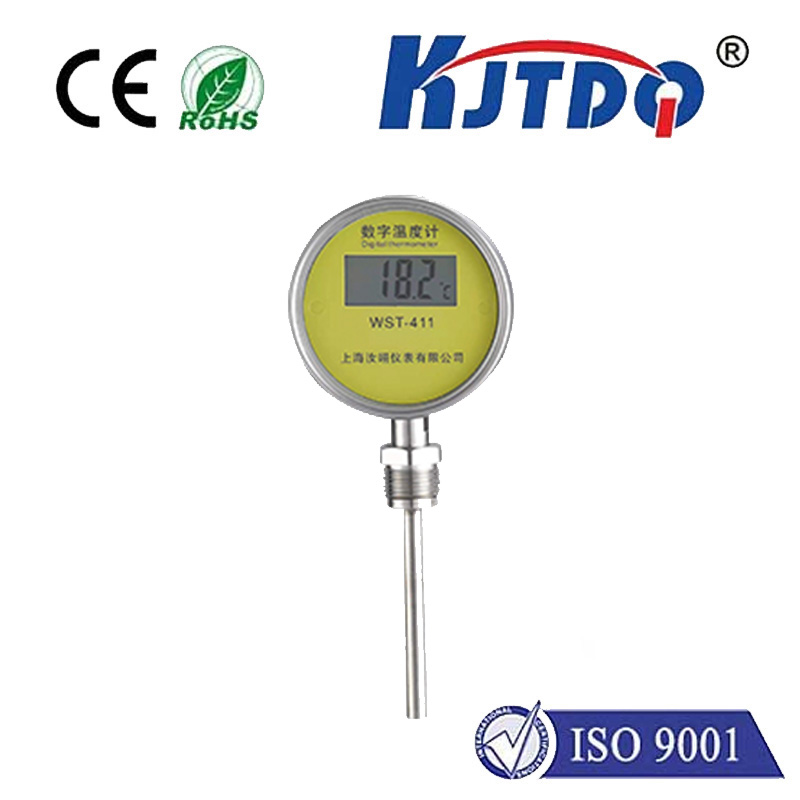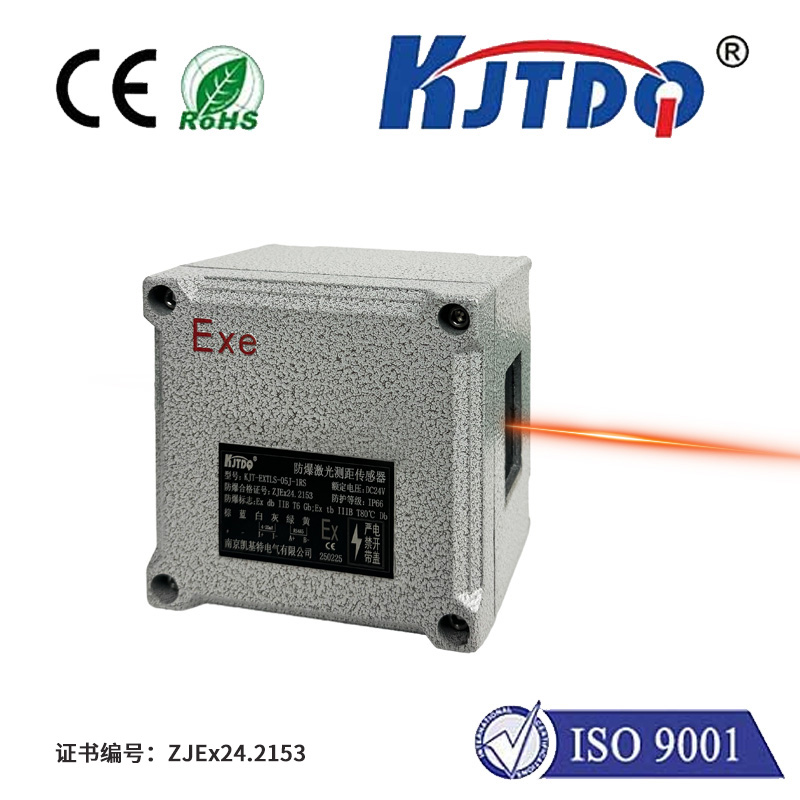BES02WE high pressure proximity sensor
- time:2025-09-30 12:13:24
- Нажмите:0
Unlock Precision & Durability: Your Guide to the BES02WE High Pressure Proximity Sensor
Imagine a critical hydraulic system deep within a manufacturing line. Pressure surges are constant, the environment is unforgiving, and any sensor failure means costly downtime. Standard proximity sensors tremble under such strain, but not all are created equal. The BES02WE High Pressure Proximity Sensor stands as a robust sentinel, engineered specifically to deliver unwavering reliability where pressure isn’t just a factor – it’s the defining challenge. This isn’t merely a sensor; it’s a solution for demanding industrial applications.
Understanding the Core: Beyond Basic Sensing
Proximity sensors, fundamentally, detect the presence or absence of an object without physical contact, typically using electromagnetic fields or capacitive principles. They are the silent workhorses of automation, ensuring processes run smoothly by confirming positions, counting objects, and preventing collisions.
However, the “high pressure” aspect of the BES02WE elevates its functionality into a specialized niche. Standard proximity sensors often house delicate internal electronics and rely on specific atmospheric conditions within their housing. Subjecting them to environments with significantly elevated external pressure – think hydraulic systems, deep-sea equipment, high-pressure presses, or specific chemical processing lines – poses severe risks:
- Seal Failure: Intense external pressure can overwhelm the sensor’s seals, leading to ingress of fluids (oil, water, chemicals) that destroy internal components.
- Housing Deformation: Constant high pressure can physically distort the sensor housing, potentially damaging sensitive internal parts or altering its sensing characteristics.
- Premature Failure: Even without catastrophic failure, sustained pressure stress accelerates wear and tear, drastically shortening sensor lifespan.
The BES02WE is purpose-built to overcome these hurdles. Its defining feature is its robust construction, specifically engineered to withstand these immense pressure forces while maintaining precise and reliable sensing performance.

The Hallmarks of the BES02WE: Engineered for the Extreme
What makes the BES02WE the go-to choice for high-pressure applications?
- Exceptional Pressure Resistance: This is its raison d’être. The sensor incorporates reinforced housing materials, specialized sealing technologies (like high-grade O-rings and potentially welded sections), and optimized internal design to prevent implosion or deformation under high external pressure. Specific pressure ratings vary depending on the exact model configuration, but it operates reliably far beyond standard sensors. Always consult the datasheet for the precise BES02WE specifications relevant to your application.
- Uncompromised Sensing Performance: Robustness doesn’t mean sacrificing accuracy. Utilizing a reliable sensing principle like inductive technology, the BES02WE consistently detects metal targets. Its high switching frequency ensures it keeps pace with fast-moving machinery, while excellent repeat accuracy guarantees consistent results, crucial for precision control.
- High Immunity: Industrial environments are electrically noisy. The BES02WE incorporates strong EMC (Electromagnetic Compatibility) design, making it highly resistant to interference from nearby motors, drives, or welding equipment. This reliability is paramount for avoiding false signals and system malfunctions.
- Rugged Build: Expect features like corrosion-resistant stainless steel housing (often 1.4571/V4A grade) and high IP ratings (like IP67 or higher), ensuring protection not just against pressure, but also against dust, water jets, oils, and coolants. This durability translates directly into lower maintenance costs and extended service life.
- Versatile Connectivity: Typically available with industry-standard connection methods such as M12 connectors or PVC/PUR cables, integrating the BES02WE sensor into existing control systems (PLCs, etc.) is straightforward.
Where the BES02WE High Pressure Sensor Excels: Key Applications
This sensor isn’t designed for every job; it shines where others fear to tread:
- Hydraulic Power Units & Cylinders: Direct mounting on high-pressure hydraulic lines, manifolds, or cylinders to detect piston position or valve actuation under intense fluid pressure.
- Die Casting & Injection Molding Machines: Monitoring core pulls, ejector pins, or clamp positions within the high-pressure environment of the machine cycle.
- High-Pressure Pumps & Compressors: Detecting piston position, valve status, or component movement where internal pressures are extreme.
- Test Benches & Pressure Vessels: Monitoring components or verifying positions during high-pressure testing sequences.
- Marine & Offshore Equipment: Applications exposed to deep-water pressures or demanding hydraulic systems on ships and rigs.
- Heavy Industrial Presses: Position sensing in forging, stamping, or forming presses operating under enormous tonnage and associated pressures.
Selecting and Implementing Your BES02WE: Critical Considerations
Integrating a датчик приближения высокого давления effectively requires attention to detail:
- Pressure Rating is Paramount: This is non-negotiable. You must know the maximum sustained pressure and potential pressure spikes your sensor will face. Always select a BES02WE model whose specified pressure rating comfortably exceeds your application’s peak pressure. Under-sizing is a recipe for rapid failure.
- Target Material: Inductive sensors like most BES02WE variants detect ferrous metals (steel, iron). Confirm your target material is compatible. Non-ferrous metals require different sensing technologies.
- Sensing Distance: Determine the required operating distance (nominal sensing range – Sn). Ensure the chosen BES02WE variant provides sufficient range for your mounting setup and target movement.
- Electrical Requirements: Match the sensor’s output type (e.g., PNP normally open/closed, NPN) and supply voltage (e.g., 10-30V DC) to your control system.
- Environmental Factors: While built tough, consider extremes beyond pressure – temperature ranges, chemical exposure, potential mechanical impact – and verify the specific BES02WE model is rated accordingly.
- Mounting & Sealing: Ensure the sensor is mounted securely and correctly. Proper torque on mounting nuts and connection threads is critical to maintain the sealing integrity that enables its high-pressure performance. Don’t compromise the seal during installation.
Beyond the Datasheet: The Real-World Advantage
Choosing the BES02WE isn’t just about ticking a box for pressure resistance; it’s about investing in operational certainty. Its robustness translates directly to:
- Minimized Downtime: Fewer sensor failures mean less production interruption.
- Reduced Maintenance Costs: Longer lifespan and higher reliability lower the total cost of ownership.
- Enhanced Process Reliability: Consistent, accurate sensing prevents errors and defects.
- Повышение безопасности: Reliable detection in critical pressure systems contributes to overall machine and personnel safety.
When the environment demands resilience and precision under pressure, standard sensors falter. The BES02WE High Pressure Proximity Sensor stands apart, purposefully engineered to deliver unwavering Спектакль and reliability where it matters most. Its reinforced construction, immunity to harsh conditions, and precise sensing capabilities make it an indispensable component for engineers designing robust and dependable industrial automation systems facing the relentless challenge of high pressure.







